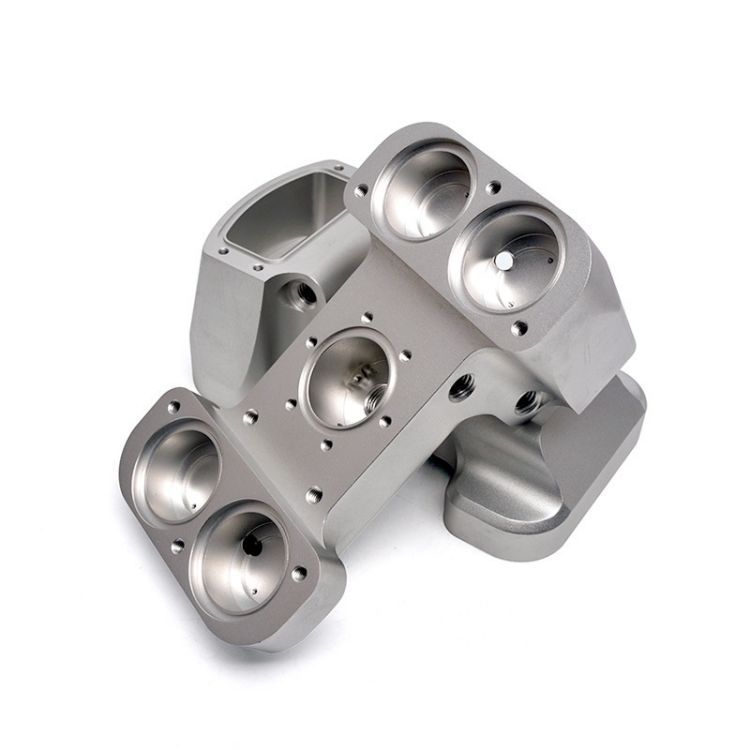What are some common challenges faced during CNC lathe milling operations and how are they overcome?
2023-10-18
CNC lathe milling operations, while highly efficient and accurate, can present several challenges that manufacturers need to address to ensure successful machining and high-quality parts. Here are some common challenges faced during CNC lathe milling operations and potential solutions to overcome them:
1. Chatter and Vibration: Excessive chatter and vibration during machining can lead to poor surface finish, dimensional inaccuracies, and even tool breakage. To overcome this, use proper tooling with the correct geometries and materials, ensure rigidity in the setup, optimize cutting parameters, and consider using anti-vibration toolholders.
2. Tool Wear and Breakage: Premature tool wear and breakage can result from improper tool selection, incorrect cutting parameters, or inadequate cooling and lubrication. Select high-quality cutting tools, optimize cutting speeds and feeds, use appropriate coolant and lubrication, and inspect tools regularly to detect signs of wear and damage.
3. Chip Control: Poor chip control can lead to chip buildup, tool jams, and surface finish issues. Select cutting tools with the right chipbreaker designs, use suitable chip evacuation strategies (such as through-coolant or air blast), and ensure proper programming for chip breaking and evacuation.
4. Thermal Issues: Heat generated during CNC lathe milling can cause workpiece distortion, tool wear, and even damage to the machine. Employ adequate cooling and lubrication, consider using high-performance tool coatings, and manage tool engagement and cutting forces to minimize heat generation.
5. Complex Part Machining: Machining complex parts with intricate geometries can be challenging. Optimize tool paths, use specialized tooling for hard-to-reach areas, and consider multi-axis machining or simultaneous milling to achieve complex features accurately.
6. Workholding and Fixturing: Inadequate workholding and fixturing can lead to part movement or misalignment, resulting in poor machining quality. Ensure robust workholding solutions that securely hold the workpiece in place and consider using precision fixtures to improve repeatability.
7. Programming Errors: Incorrect CNC programs can cause tool collisions, scrap parts, or machine damage. Perform thorough program simulations and use CAM software with collision detection capabilities to identify and rectify potential issues before machining.
8. Tool Path Optimization: Inefficient tool paths can increase machining time and wear on the cutting tools. Utilize CAM software to optimize tool paths, reduce unnecessary tool movements, and minimize air cutting to improve overall machining efficiency.
9. Material Selection and Machinability: Different materials exhibit varying machinability characteristics. Choose appropriate cutting tools, speeds, and feeds for the specific material being machined to ensure optimal results.
10. Operator Skill and Training: Proper training and skill development are essential for CNC lathe milling operators to handle complex operations, troubleshoot issues, and make informed decisions during machining.
Addressing these challenges requires a combination of technical expertise, process optimization, advanced tooling, and proper equipment maintenance. By continuously monitoring and improving CNC lathe milling operations, manufacturers can overcome these challenges and achieve high-quality parts with efficiency and precision.



